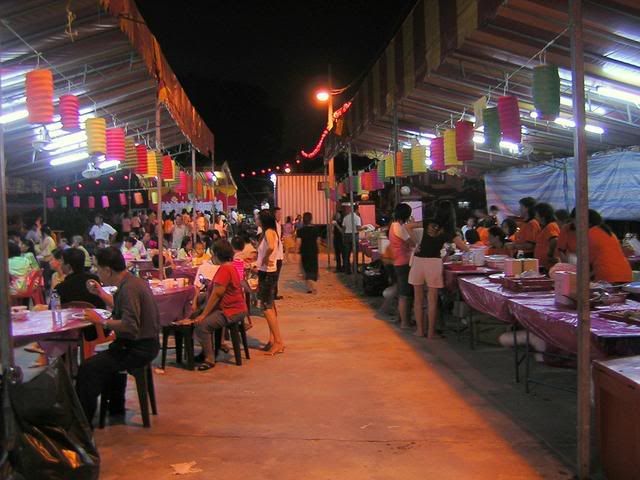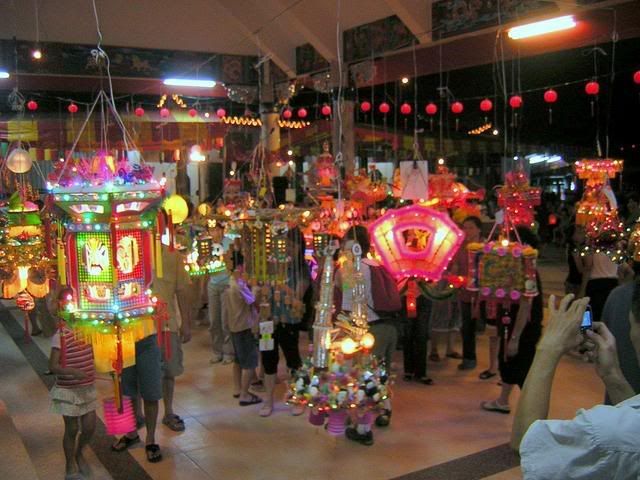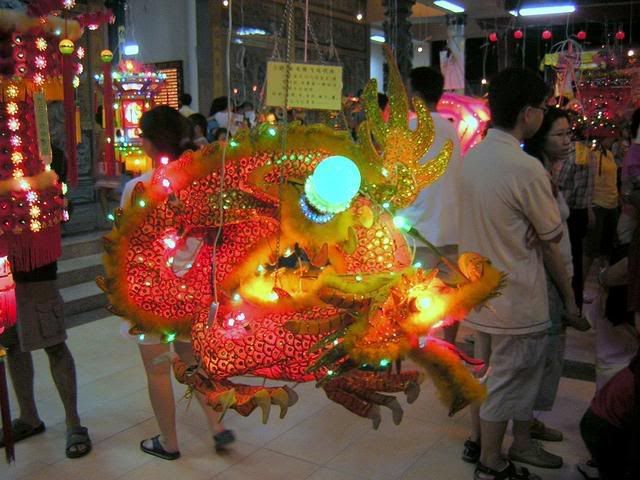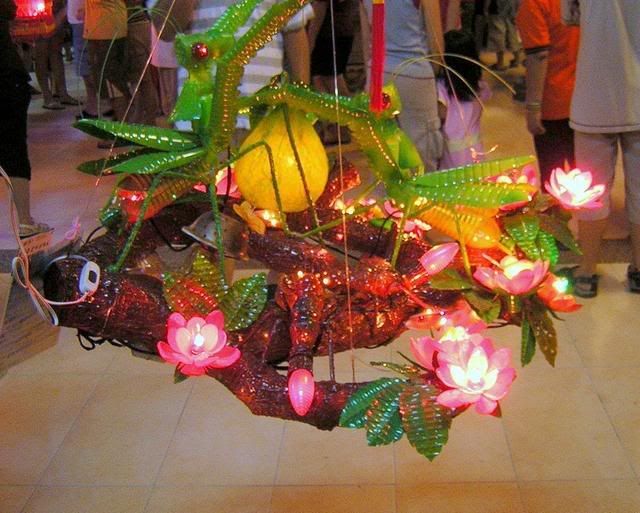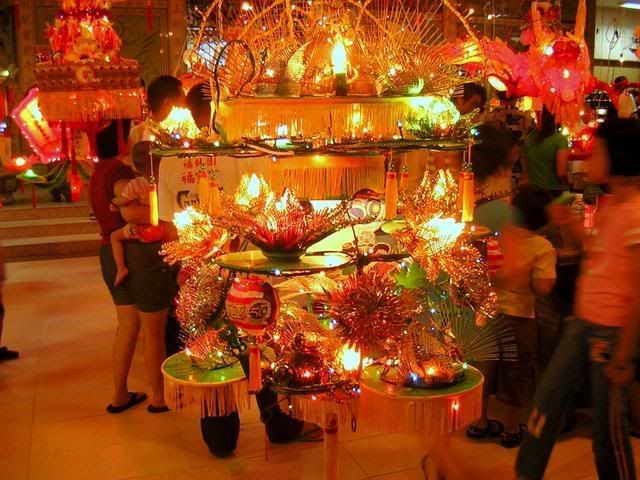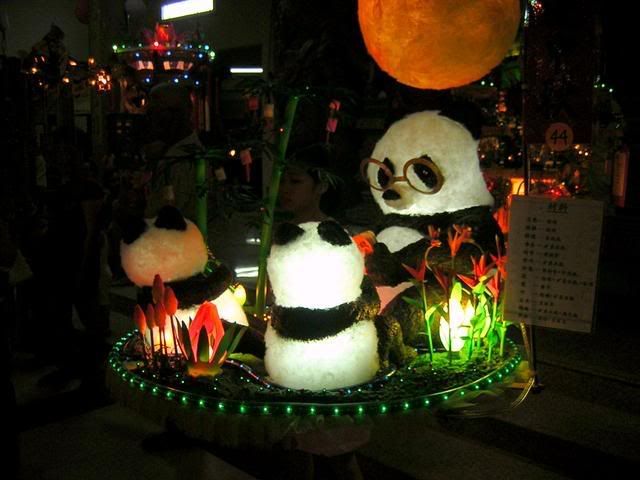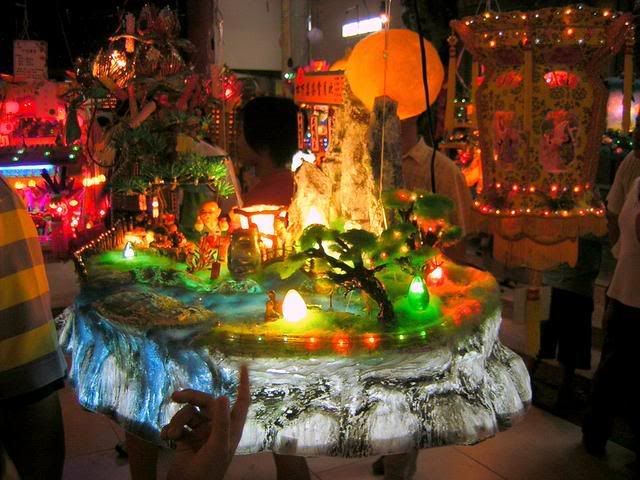Gateway to Bukit Larut....

Get your tickets here...

Tropical Rain Forests....


n



Ferns...


Love your forests...

|
|
|
| |












A homemade bomb exploded near a mosque in the Maldives' capital, Male, on Saturday, wounding 12 foreign tourists. Of the twelve wounded, two were British nationals, two were Japanese and eight were Chinese.The blast occurred at the entrance to the capital's Sultan Park which is a popular stop-off for tour groups. The news really interest me. Two or three years back, I was on my way to Sri Lanka and had transit in Male, Maldives. This little island is best known for luxury honeymoons and Hollywood star visitors but I really did not see the island. It was in the wee morning when our plane landed there and we did not even get to go down for a walk in the airport. The world is all the same when it is dark!
Traveling Tip: You can travel via the internet!






 As no emerging photographic talent from India is being promoted during the Incredible India @ 60 extravaganza in New York City, "Incredible India on TTP" is a week-long series of posts in a small effort to redress this oversight by showcasing unknown, under represented or emerging Indian photographers, as well as some of my own photographs of this amazing country.
As no emerging photographic talent from India is being promoted during the Incredible India @ 60 extravaganza in New York City, "Incredible India on TTP" is a week-long series of posts in a small effort to redress this oversight by showcasing unknown, under represented or emerging Indian photographers, as well as some of my own photographs of this amazing country.


 The NY Times has published a slideshow depicting the latest photographs of the unrest in Rangoon. The photographs are by various news agencies, and not attributed to specific photographers.
The NY Times has published a slideshow depicting the latest photographs of the unrest in Rangoon. The photographs are by various news agencies, and not attributed to specific photographers.


















 India's 60th anniversary of independence is being observed with a week-long celebration in New York City starting today, Sunday September 23rd. The celebrations are sponsored by the Confederation of Indian Industry (CII) and India's Ministry of Tourism, as well as other Indian entities.
India's 60th anniversary of independence is being observed with a week-long celebration in New York City starting today, Sunday September 23rd. The celebrations are sponsored by the Confederation of Indian Industry (CII) and India's Ministry of Tourism, as well as other Indian entities.